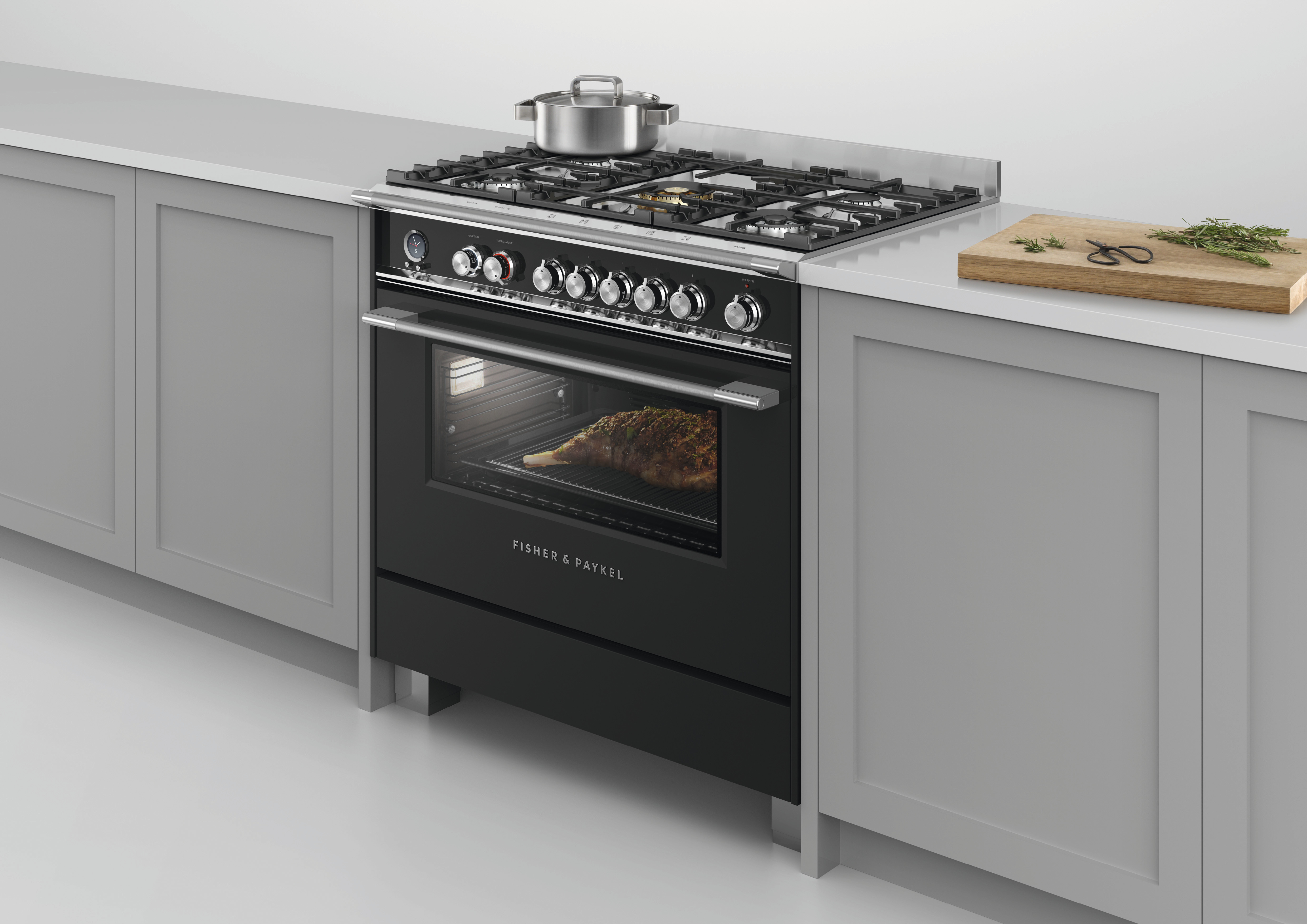How to clean stove burners – and make them pristine and hygienic
Our expert advice on how to clean stove burners will ensure they work perfectly and look their best


Cooking on the stove top isn’t a splash and spill-free procedure, and so it’s essential to know how to clean stove burners to remove stains, food debris, and the grease that builds up over time.
Of course, it’s important to regularly wipe the stove top clean, but understanding how to get to grips with what accumulates on the burners should also be part of the cleaning tips with which you’re familiar.
No matter what type of stove top you have – gas electric, induction or glass – we’ve put together the vital knowhow on how to clean the burners, along with guidance from the experts.
How to clean stove burners
As with all aspects of how to clean a kitchen, the longer you neglect stove burners, the harder the task will be.
Clare Edwards, home Economist at Smeg says that a simple microfiber cloth works a treat to remove grease and restore shine. ‘To protect the hob further, invest in a hob cleaner that leaves a silicon protective layer to prevent marks from building up,’ she says.
Discover how to clean stove burners of every type from the experts.
How to clean gas stove burners
Before you start cleaning any type of stove top, always check the manufacturer’s manual for its suggestions on how to clean. ‘Some surfaces won’t take kindly to abrasive scouring sponges or cleaning products for instance, while others need extra elbow grease,’ says Lucy Searle, global editor in chief of Homes & Gardens.
Design expertise in your inbox – from inspiring decorating ideas and beautiful celebrity homes to practical gardening advice and shopping round-ups.
Most gas ranges or cooktops come with removable burners that can be cleaned by hand with dish soap or even in the dishwasher (check the manufacturer’s manual first).
After use, wait for the stove to completely cool down before cleaning stove burners. Or better still, tackle it first thing before you’ve cooked anything on it.
Now you can clean the stove grates. Remove the grates and pop them in the sink. Fill the sink with hot water and mild dish soap then soak the grates in the soapy suds for about 15 minutes. Whilst you’re waiting, give the stove top a wipe with a damp non-abrasive cloth or sponge.
Now it’s time to head back to the sink and give each grate a good scrub, getting into all the corners where burnt-on food can hide.
If the burners are still looking a bit grimy, you can partially fill a ziplock plastic bag with ammonia, put the burners in, seal the bag and leave in an empty sink overnight. Come the morning they will be sparkling clean so just rinse under the tap to remove any residue or odor. To finish, dry with an old dish towel or kitchen paper and put them back on the stove top.
How to clean electric stove burners
Cleaning electric stove burners is a bit tricky but the effort will be worth it.
First, wait for the burners to cool down completely or start the cleaning first thing in the morning or last thing at night. Next, gently pull and lift out the burners from their connection point – your manufacturer’s manual should tell you how to do this.
Wipe the electric burners with a mild dish soap and water solution. We like Dawn Ultra as it cuts through grease easily. Clean gently with a sponge or cloth and take care not to submerge the burners under the water. Next, wipe down the stove top with a wet cloth.
If you prefer to use pantry ingredients for cleaning an oven, be aware that you can do the same when it comes to stove burners.
If there’s any burnt-on food residue, use a paste of baking soda and water. Apply to the crusty bits and leave for about 20 minutes. Scrub, rinse and they’re done. Dry all the burners thoroughly and pop back on the stove top.
How to clean induction or glass stove burners
Glass-topped stove tops and induction zones are really easy to clean. Sleek, seamless and stylish, they are also really efficient to use.
Cleaning stove burners here also needs to be undertaken when the surface is completely cool. Add some distilled white vinegar into a spray bottle and spray on to the surface. Next, sprinkle a little baking soda on to the stove top, put a damp, hot towel over the top and leave for 15 minutes. Take the towel off then rinse with a damp clean cloth and wipe dry. For any tough stains, we like using Mr Clean Magic Eraser.
What can I use to clean my stove burners?
To clean stove burners, look to the pantry. ‘Mix a handful of baking soda with a little bit of water to form a thick paste,’ recommends Lucy Searle, global editor in chief of Homes & Gardens.
‘Coat the burners in the paste and let them stand for about 20 minutes. Once that time has passed, caked-on residue should have become soft enough to be removable with a sponge.’
How do you clean a burnt stove burner?
To remove burnt-on food and stains, use baking soda. Sprinkle baking soda directly over the stained area and add a bit of water to make a paste. Leave a warm, damp cloth on top of the spot and let it sit for 30 minutes. Then try to wipe the spot clean.

Hayley is an interiors journalist, content provider and copywriter with 26 years experience who has contributed to a wide range of consumer magazines, trade titles, newspapers, blogs and online content. Specialising in kitchens and bathrooms, she has twice won the CEDIA Award for Best Technology feature. Hayley writes for H&G about kitchens, bathrooms, cleaning, DIY and organizing.